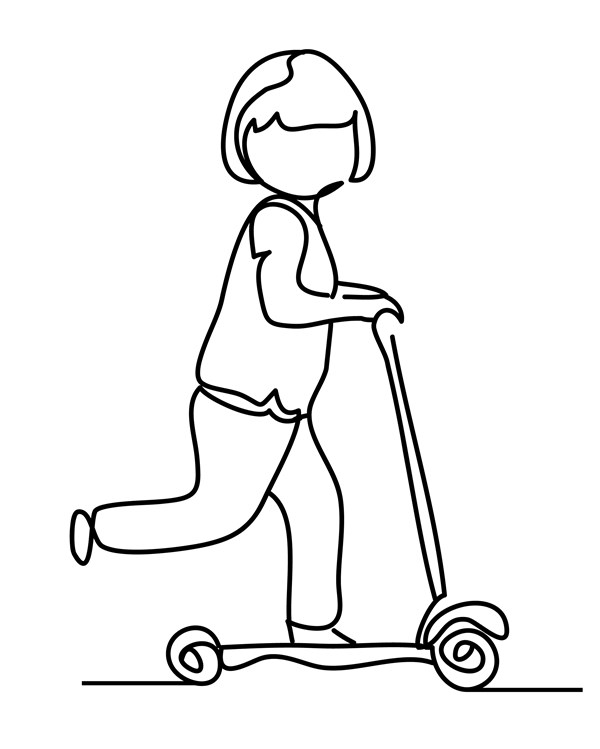Regardless of age, exercise is a very important aspect of everyday life. It is important for kids to exercise daily and for parents to ensure that kids are reaching the appropriate amount of physical activity levels.
Different physical activity guidelines have been set out for children, based on their age. The amount of physical activity a 3 year should be getting throughout the day differs from that of a 13 year old. So the question is are your kids getting enough exercise?
Exercise Recommendations
According to the physical activity guidelines set out in the UK, children younger than 1 year of age should be physically active in a variety of ways throughout the day. Physical activity can be achieved in this particular age group through the use of tummy time and floor-based activity, such as crawling.
Children aged 1-4 years should be completing at least 180 minutes of physical activity per day. Children aged 1-2 years of age can achieve these physical activity levels through active and outdoor play, such as going to the playground, running and jumping. Children aged 3-4 years of age can achieve these physical activity levels through active and outdoor play such as swimming, cycling, walking and playing.
It is also important to incorporate 3 days of exercise focused on strengthening muscles and bones throughout the week. For example, sports like football, basketball, rugby and tennis will help strengthen both muscles and bones, by putting weight through the legs and completing activities such as running, jumping and kicking.
Exercise is a type of physical activity. Playing sports like football, hurling, basketball or swimming for example, will ensure that children reach the appropriate daily physical activity levels. In 2010, it was reported that less than 30% of children aged 5-17 were achieving the recommended daily physical activity levels. That number has only lowered in recent years with the rise of technology and the use of smartphones, games consoles and tablets at home.
It is important that parents promote physical activity to their children. Completing 2 days of sport in school per week is not enough to achieve the recommended exercise levels. Encouraging children to go out and play or introducing them to team sports will ensure that children reach the appropriate exercise levels.
A child does not have to complete 1 hour straight of moderate or intense exercise, this can be split into multiple 15-30 minute blocks throughout the day. The take home message here is to make sure that your child is completing 1 hour of exercise per day. Below is a list of the benefits of exercise for children.
Benefits Of Exercise
- Social benefits (making friends, engaging with other children, self-expression)
- Improves coordination and balance
- Strengthens muscles and bones
- Helps maintain healthy joints
- Helps maintain a healthy body weight
- Improves mood, reducing anxiety and depression
- Improves sleep
- Improves performance academically
- Improves posture
- Improves heart and lung function
For more information about exercise or if you want a guide on how to incorporate exercise into your child’s lifestyle you should get in contact. We can provide you with a guide for exercise at home, help design an exercise plan and provide you with simple home exercises to improve your child’s flexibility, strength and overall fitness.

